
Gonialoe variegata, also known as tiger aloe and partridge-breasted aloe, is a species of flowering plant in the family Asphodelaceae. It is an evergreen succulent perennial indigenous to South Africa and Namibia. It is common in cultivation.
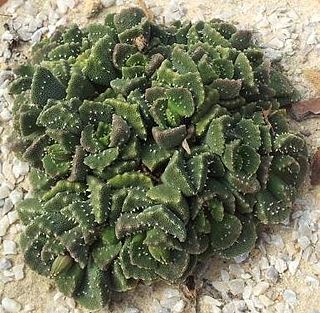
Aloinopsis is a genus of ice plants from South Africa.
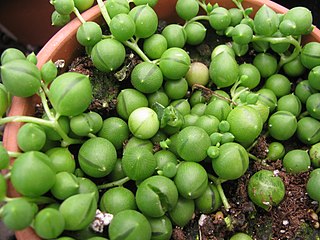
Curio rowleyanus, syn. Senecio rowleyanus, is a flowering plant in the daisy family Asteraceae. It is a creeping, perennial, succulent vine native to the Cape Provinces of South Africa. In its natural environment its stems trail on the ground, rooting where they touch and form dense mats. It often avoids direct sunlight by growing in the shade of other plants and rocks. It is commonly known as string-of-pearls or string-of-beads.

Senecio angulatus, also known as creeping groundsel and Cape ivy, is a succulent flowering plant in the family Asteraceae that is native to South Africa. Cape ivy is a scrambling herb that can become an aggressive weed once established, making it an invasive species. It is grown as an ornamental plant for its satiny foliage and sweet-scented flowers.

Senecio tamoides, also known as Canary creeper, false grapevine, and parlor ivy, is a climbing member of the genus Senecio of the family Asteraceae that is native to Southern Africa. It is used as an ornamental plant for its showy yellow, daisy-like flowers in late autumn through to winter.
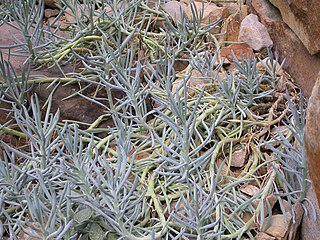
Curio ficoides, syn. Senecio ficoides, also known as skyscraper Senecio and Mount Everest Senecio, is a species of succulent plant, in the genus Curio (Asteraceae), indigenous to South Africa.

Curio archeri, syn. Senecio toxotis is a species of succulent plant in the family Asteraceae that is indigenous to the south-western Cape, South Africa.
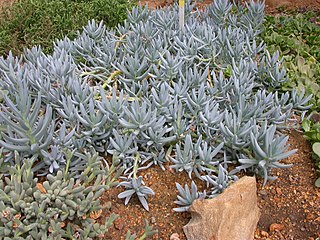
Curio repens is a species of succulent groundcover plant in the genus Curio, in the Asteraceae family. Visually-similar to the ice plants of Mesembryanthemum, or “mesembs”, C. repens is typically found growing in and among rocky crevices and exposed ledges on dry, rubble-strewn sandstone slopes, where drainage is swift and sun exposure and airflow is high. Commonly named blue chalksticks, blue chalk fingers or simply “blue iceplant”, it is frequently used in Mediterranean climate landscaping and as an ornamental plant.
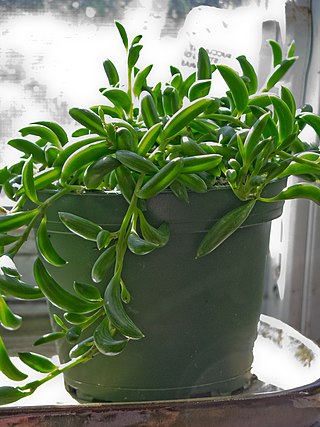
Curio radicans, syn. Senecio radicans, is a succulent plant native to Southern Africa. A member of the family Asteraceae, the asters, this species is closely related to the common string of pearls and Curio hallianus. It has multiple tendrils of glossy, banana-shaped leaves. It is commonly known as string of bananas or fishhook senecio.

Crassula capitella, is a perennial succulent plant native to southern Africa.

Crassula nudicaulis is a succulent plant native to South Africa, and Lesotho.

Crassula cotyledonis is a succulent plant endemic to the arid Namaqualand and Karoo regions of South Africa.
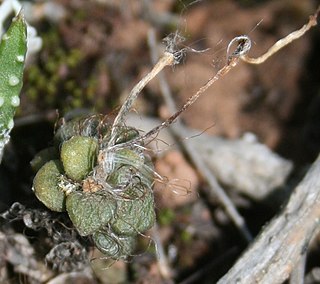
Anacampseros retusa is a species of succulent plant native to the Northern Cape and Western Cape Provinces of South Africa, as well as to Namibia.
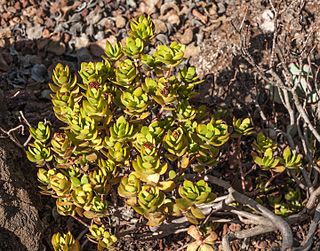
Crassula cultrata is a succulent plant native to the southern parts of South Africa.
Curio corymbifer, synonyms including Senecio corymbifer and Senecio sarcoides, is a species of succulent flowering plant in the aster family Asteraceae, indigenous to the Cape Provinces of South Africa, Namibia and Swaziland.
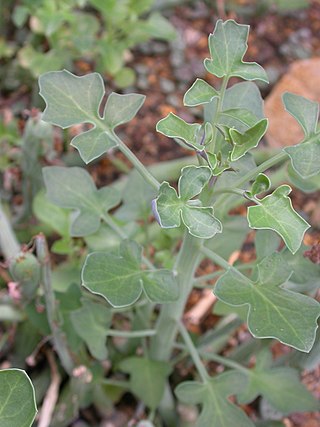
Curio articulatus, syn. Senecio articulatus, which is also known as candle plant, pickle plant and hot dog cactus, is a deciduous succulent plant that is native to South Africa.
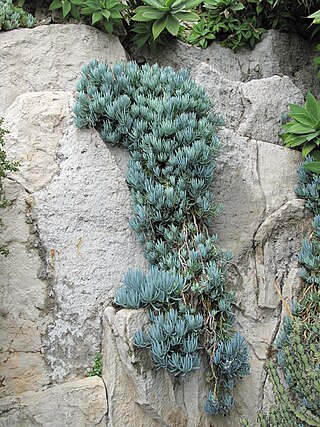
Curio talinoides, syn. Senecio mandraliscae, also known as blue straws, blue chalksticks, dassieharpuis, or narrow-leaf chalk sticks, is a succulent plant of the family Asteraceae that is native to South Africa. The origin of this plant is dubious and it may be a hybrid.
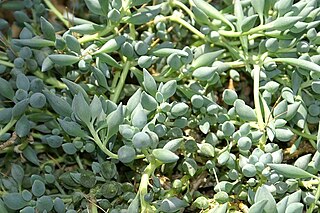
Curio citriformis, syn. Senecio citriformisis, also known as string of tears, is a trailing succulent plant in the family Asteraceae native to South Africa that grows in rocky outcrops in clay soils.

Curio hallianus, syn. Senecio hallianus, is a creeping succulent plant in the daisy family Asteraceae that is native to the Cape Provinces of South Africa. It is also known as chain of blue beans or string of beans.

Dudleya saxosasubsp. aloides is a species of perennial succulent plant in the family Crassulaceae known by the common names desert dudleya or desert savior. It is a rosette-forming species widely distributed throughout the Peninsular Ranges and desert mountains of California in the United States. It is characterized by bright-yellow or greenish-yellow flowers, and can be found in shaded crevices and slopes. Plants in western half of the range may grade into Dudleya lanceolata.



















